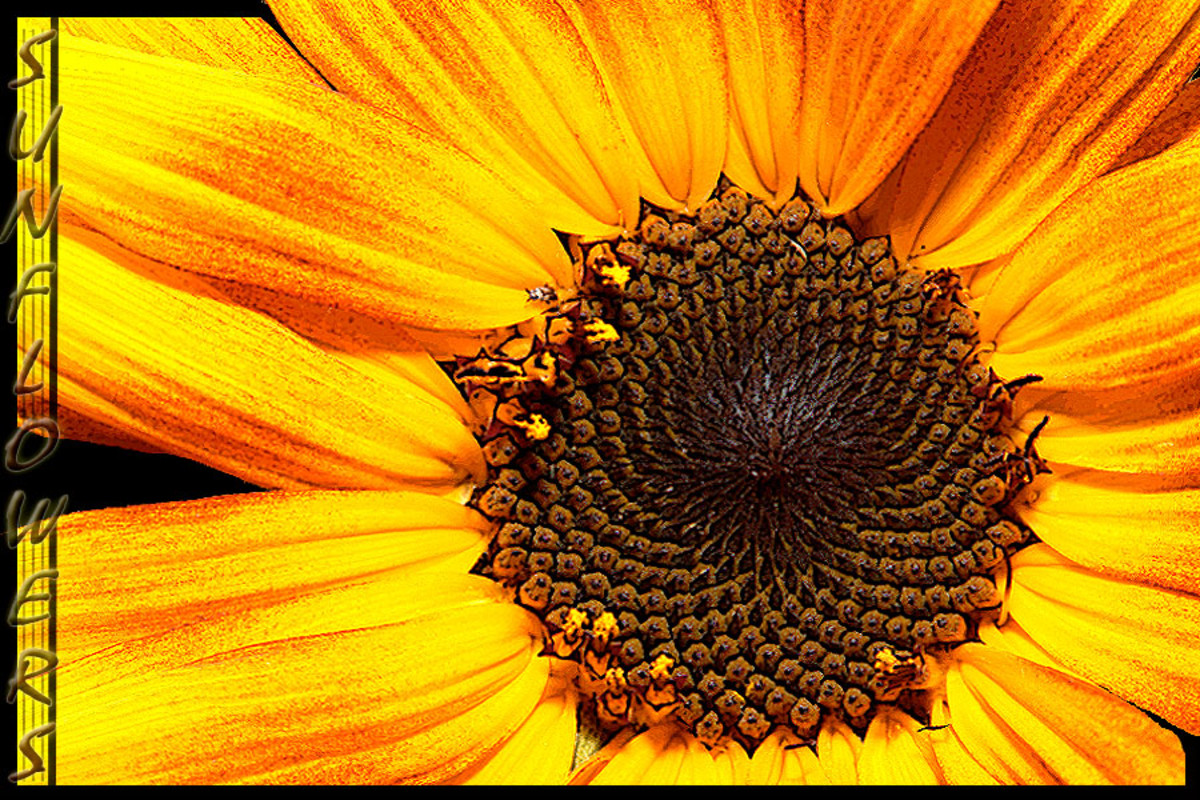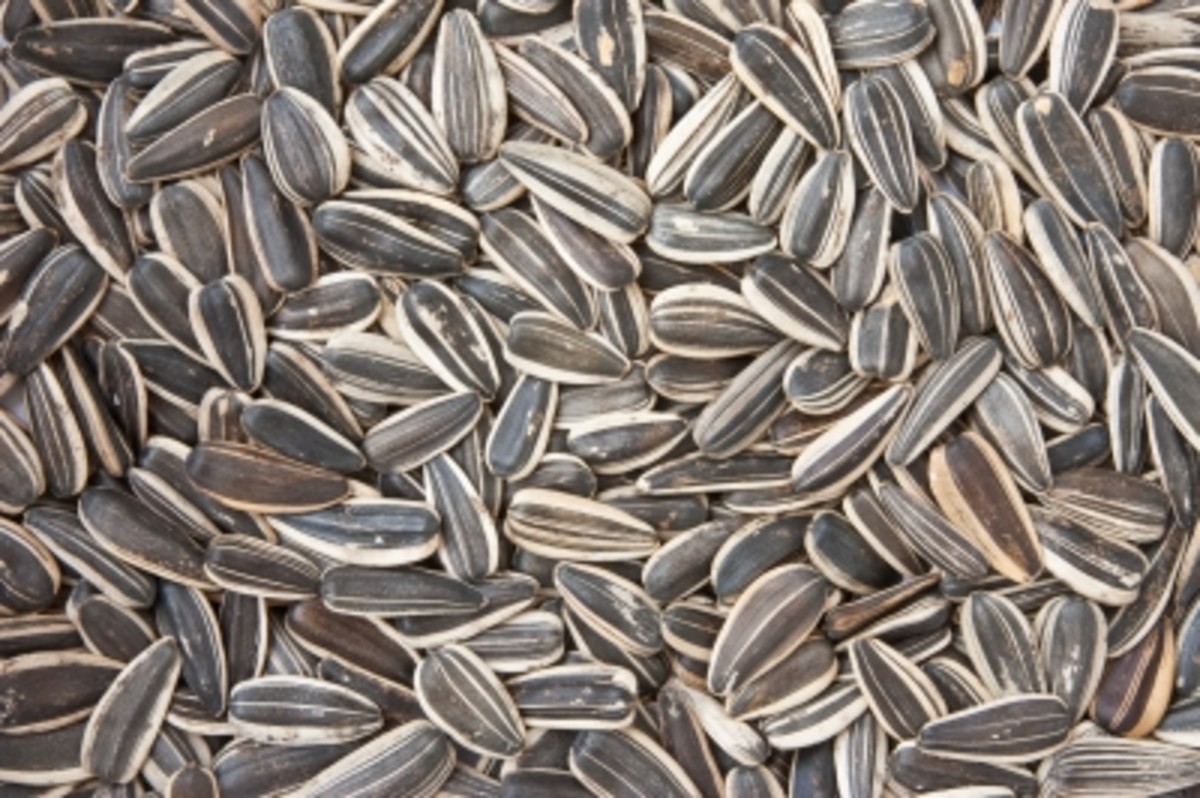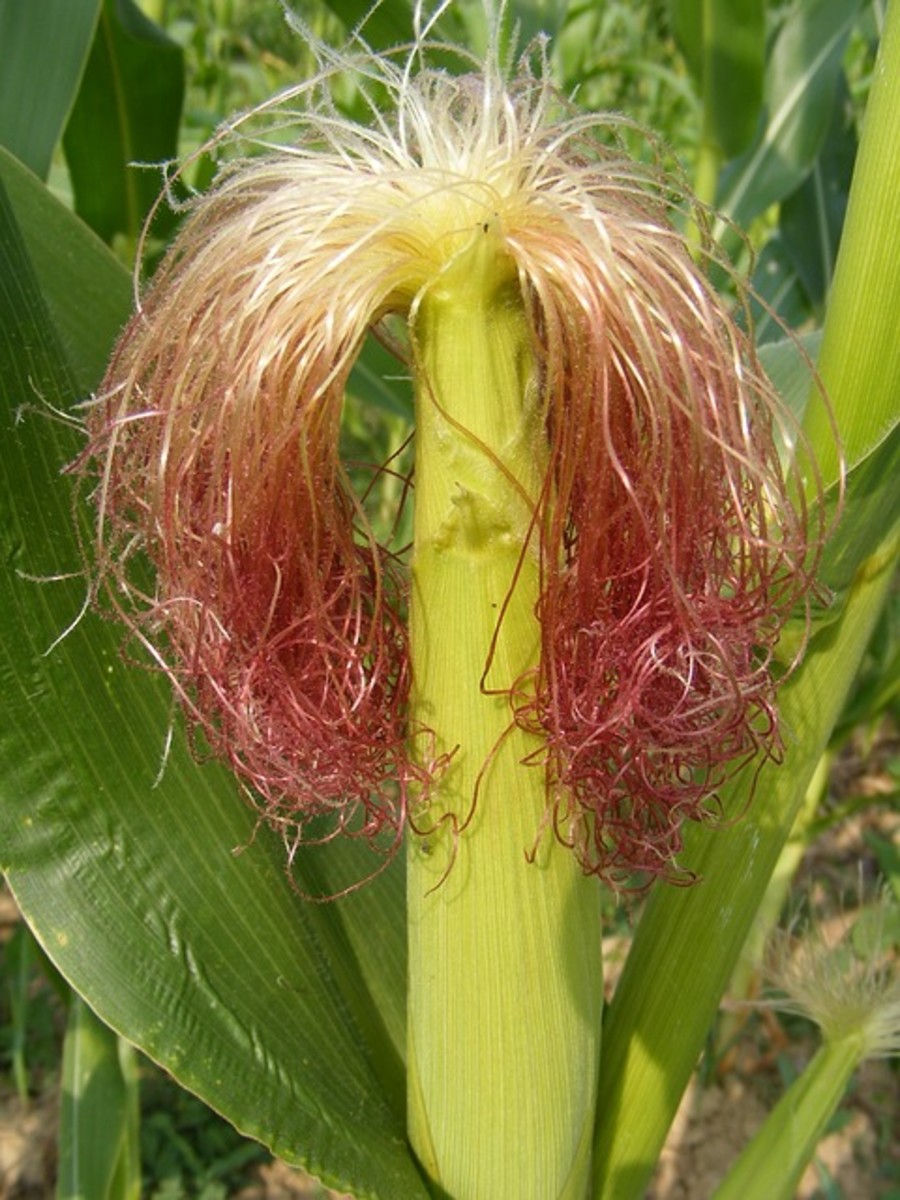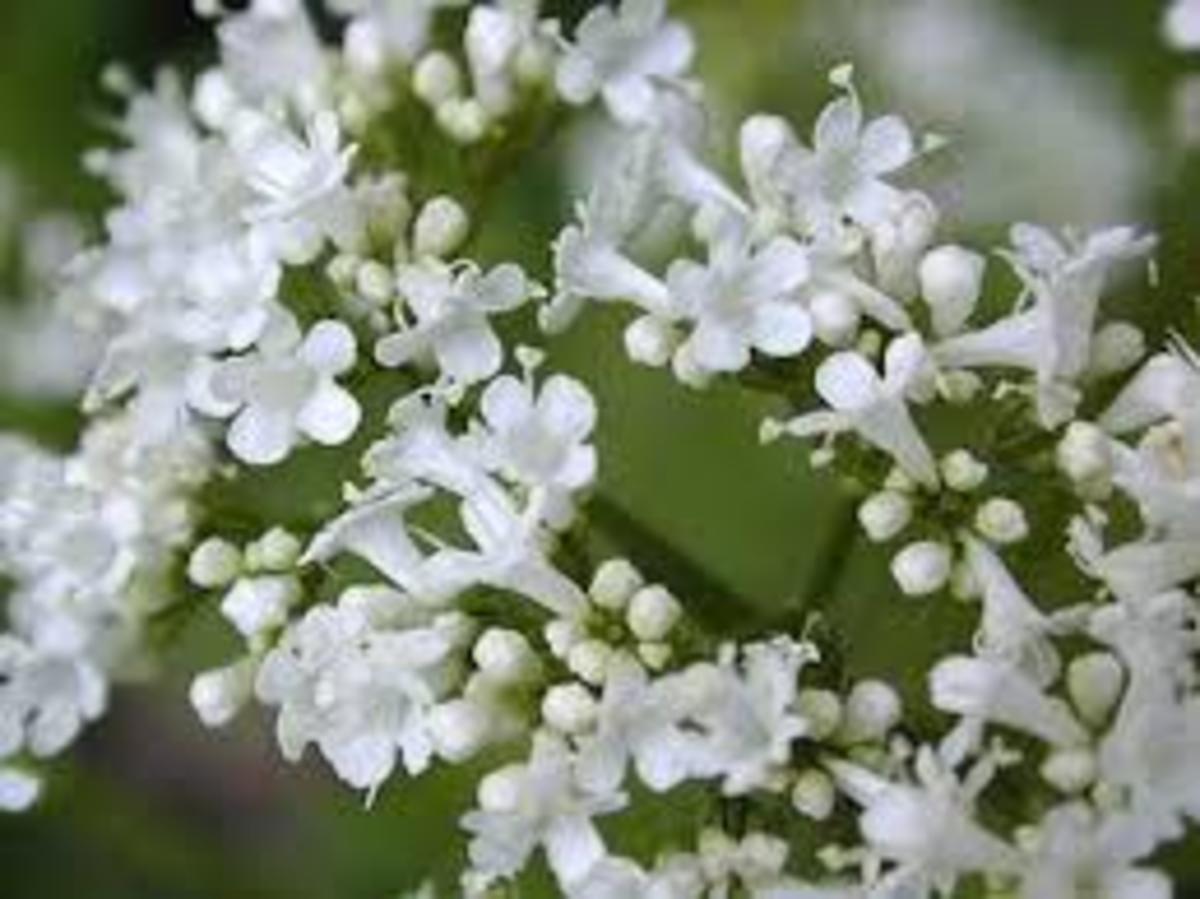Sunny Flower

Do you Grow Sunflowers?
Helianthus annus (common Sunflower)
There is no one in this world that can convince me that Sunflowers are not worth the time of day or the amount of love that I send their way. Have you seen those things? They are the epitome of summer! They come in all those beautiful sunny colors associated with fire and are just fantastic planted creatures.
With 38 varieties of these phyto-beasts, they are famous for those gorgeous faces they have, which look up and follow the sun along its path through the sky. One might think of sunflower seeds, those nutritious little nuggets encased in a black shell that baseball players chew on. Lesser thought of is sunflower oil as well which might have been inspired to have been brought to Europe around the 16th century.
Sunflowers are intriguing to the world for their beauty, their strange habit of tracking the sun across the sky (called heliotropism), their health benefits, their nutritional benefits, and even artists and mathematicians for their Fibonacci Spirals. Their tiny florets in the center range from a 1000-2000, spiraling at a near Golden Angle of 137.5°, the amount of spirals ranging from 34-89 spirals in one direction and 55-144 in the other depending on the flower head.

The History
It was domesticated in what is now Mexico nearly four thousand years ago, approximately 2600 BCE, and is native to general Central America, though they were not the only ones to have domesticated it. Evidence has shown some domesticated sunflowers in what is now Tennessee dating to about 2300 BCE.
They were seen as symbols of sun deities in various Native American societies including the Incas, Aztecs, and Hopi. Mascalaro, Chiricahua Apache, Hidatsa, Navajo, Paiute, and Pawnee cultivated the flower for food, medicine, to feed their horses, and coffee.
It was taken back to Spain about the 16th century after explorers made it to Central America quite possibly by Francisco Hernandez who claimed it to be an aphrodisiac, though the popularization of sunflower oil did not occur until the 18th century. Those of Russian Orthodox were particularly pleased with the oil as Lent did no prohibit it.
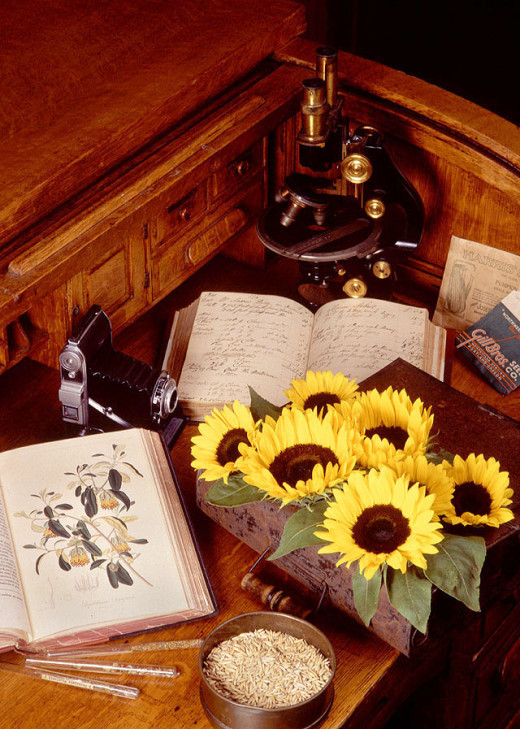
Medicinal Effects
The color itself inspires a smile, though for actual medicinal effect of the particular Helianthus annuus species of sunflower, so named after the Greek term helio anthos which means literally “sun flower”, there are plenty of uses.
It is quite often used for cuts and bruises, chest pains and bronchial troubles, though the Cherokee used it for afflictions of the kidneys. It has been used for dermatological complains such as general bug bites, itching, dryness and so on. Some tribes used it as stimulation on long hunts, much like the Peruvians used the Coca leaf. The Navajo used it as a disinfectant to prevent prenatal infections. It has been even used against rheumatism, most likely as a salve. As a poultice, the Pima would use the still warm ashes on the stomach for worms.
It is currently being studied for its effects of prolonging the spread of HIV cells, as well as its effects on cholesterol.
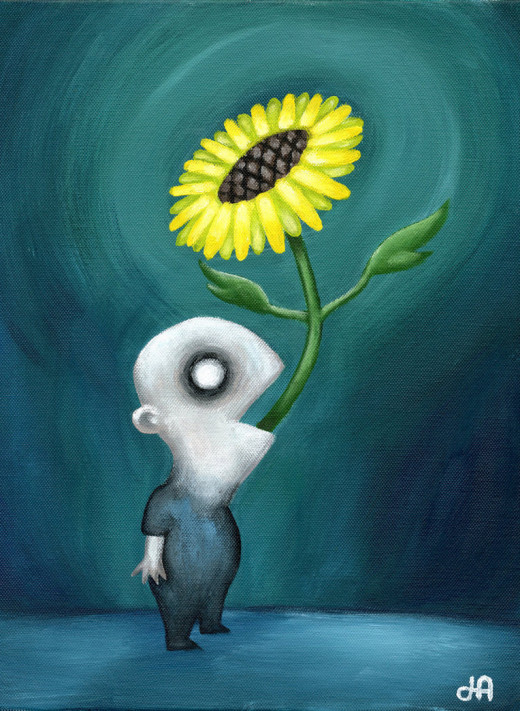
Beautifully Ingested
One might be surprised at all the wellness a good sunflower can induce. The most popular part to eat is the seeds. Of course when consuming raw products one is going to gain more nutritional benefits than a toasted on, so naturally raw is the best form to have a sunflower seed or hundred. Seeds are often a good source of protein, and sunflower seeds are no exception, having seven grams of protein in an ounce as well as contain four grams of fiber. There’s a healthy bit of calcium in an ounce, at 6 mg and it is one of the most vitamin E rich food with just over 14 IU per ounce. It also contains riboflavin, thiamin, niacin (vitamin B3), iron, folate, potassium, zinc and antioxidants.
Altering the sunflower seed into an unsalted sunflower seed butter, a peanut butter alternative, contains a good amount of vitamin A as well as plenty of B vitamins as well. As soon as the seed begins to sprout the nutrients can multiply from 300 to 1200%. When the seed sprouts have matured, they become a chlorophyll resource (the substance in plants which make them green. It is an excellent source of vitamin C, B12, B6, A and K, and will help to protect against cancer as well as some forms of radiation), thus a good food for liver and blood detox.
The seed has been said to be effective against depression and anxiety by increasing the level of serotonin (your “happy” chemical) in the brain. Bran and bananas have similar effect, so banana and sunflower seed bran muffins would be the curing treat to indulge in when the dark cloud begins to loom.
Homemade Sunflower Seed Butter
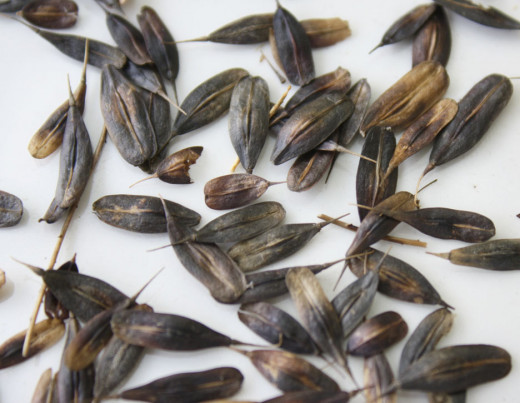
Crafting and So On!
The hulls of the seeds have long been used as a purple dye, and the yellow petals have been used to produce yellow dye by Native Americans, and the oil produced by the seeds have acted as lubrication for other forms of paint for ceremonial purposes.
The stocks of sunflowers are heavy, and when burned the ash makes for excellent gardening compost, full of nutrients. After seeds have been pressed, the cake that’s left behind is used to feed livestock. The hulls and the dried stocks can be used as fuel as well. Some countries such as China are using the stocks as fiber for fabric while others are investigating it as a use for paper.
This plant is still being experimented with and new uses are coming up frequently, whether it be medicinally for a possible treatment or preventative for HIV or the next biofuel. To some it just a beautiful towering flower, to some it is sacred, and to others it is Pandora’s Box of possibilities.
Resources
- http://www.holisticjunction.com/articles/Plant-Medicine-in-Your-Own-Backyard-Sunflower.html
- http://www.vegparadise.com/highestperch511.html
Vegetarian/Vegan Los Angeles magazine featuring vegetarian basics, vegetarian recipes, vegetarian restaurants, vegetarian diet, vegetarian airline meals, vegetarian food companies - http://www.sunflowerseedsnutrition.com/
- A Modern Herbal | Sunflower
Providing botanical, folk-lore and herbal information, plus organic herbs, and herbal products. - http://plants.usda.gov/plantguide/pdf/cs_hean3.pdf
- Sunflower - Wikipedia, the free encyclopedia


